The display that I'm working with is an AC057TC1 that I bought from Waveshare.
Thanks to a comment on one of my other projects I found out that the controller for the display is compatible with the UC8159.
The controller uses LUTs (Look Up Tables) to generate the appropriate waveforms to drive the display. The supplied LUTs are preprogrammed inside a FLASH memory that is soldered directly to the flat-flex cable. The process of updating the display works as follows first, pixel values are loaded into the internal frame buffer, then a command is sent and the update sequence starts. The controller first reads the ambient temperature from the internal temperature sensor then it loads the appropriate LUTs from FLASH. There is a set of LUTs for each temperature range.
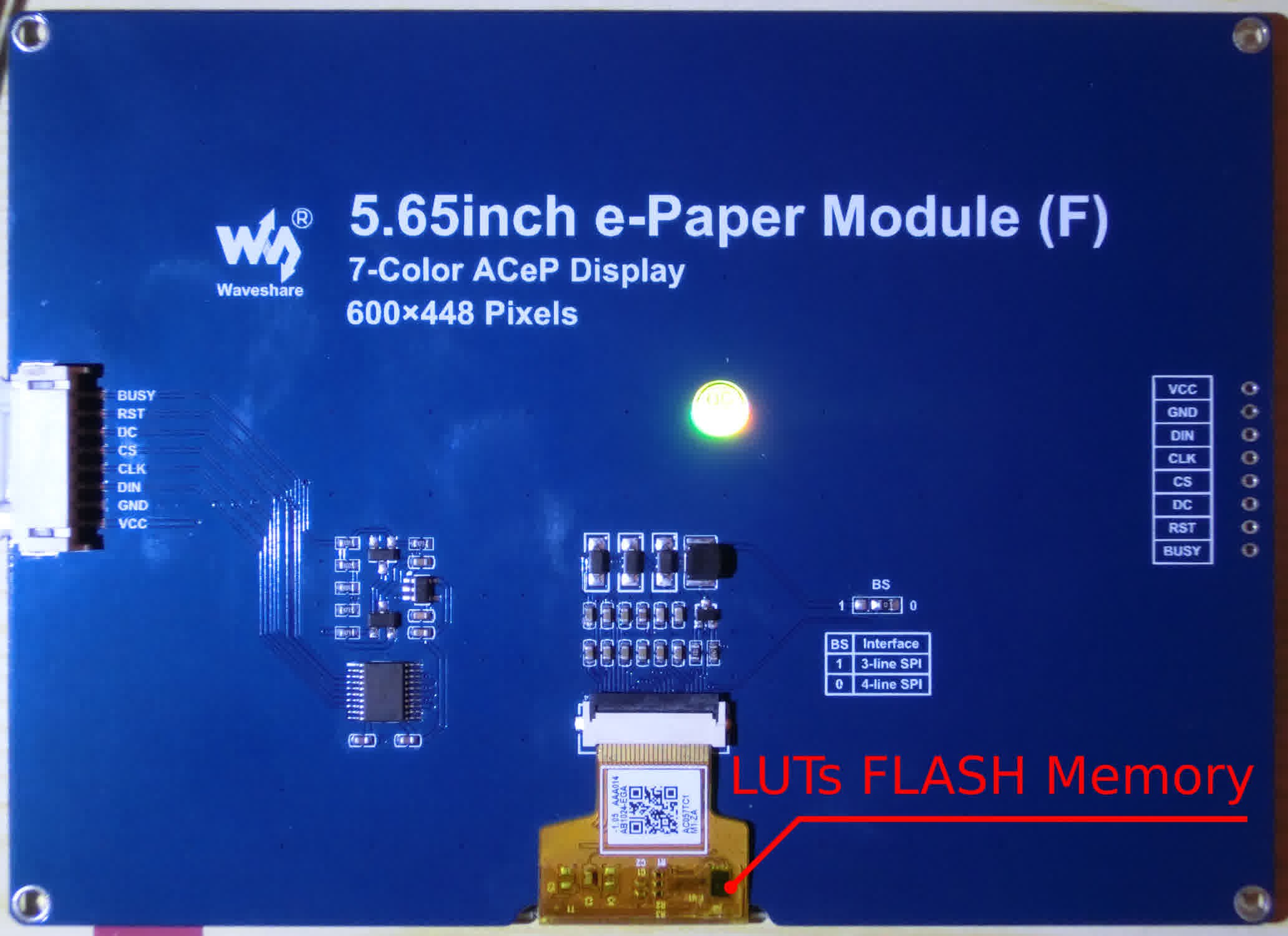
Turns out that it is possible to bypass the FLASH and make the controller use internal LUTs that are loaded from the SPI interface. To do that there is an undocumented bit in the Panel Setting Register.

This is what I want to accomplish:
- Understand how ACeP displays work and how to drive them
- Make a model to simulate the behavior of the display and use it to developed waveforms
- Write some software to make custom LUTs that can possibly display "every" color
Log History:
How ACeP Displays Work (Pixel construction and TFT matrix)
Extracting Factory LUTs (Breakout board modification, LUT structure, Stock waveforms)
Test Waveforms (Appling a constant voltage for an x amount of frames)
References:
5.65inch e-Paper Module (F) Schematic
5.65inch e-Paper Module (F) Specification
UC8159 - (compatible controller) All-in-one driver IC with Timing Controller for Color Application
 Manuel Tosone
Manuel Tosone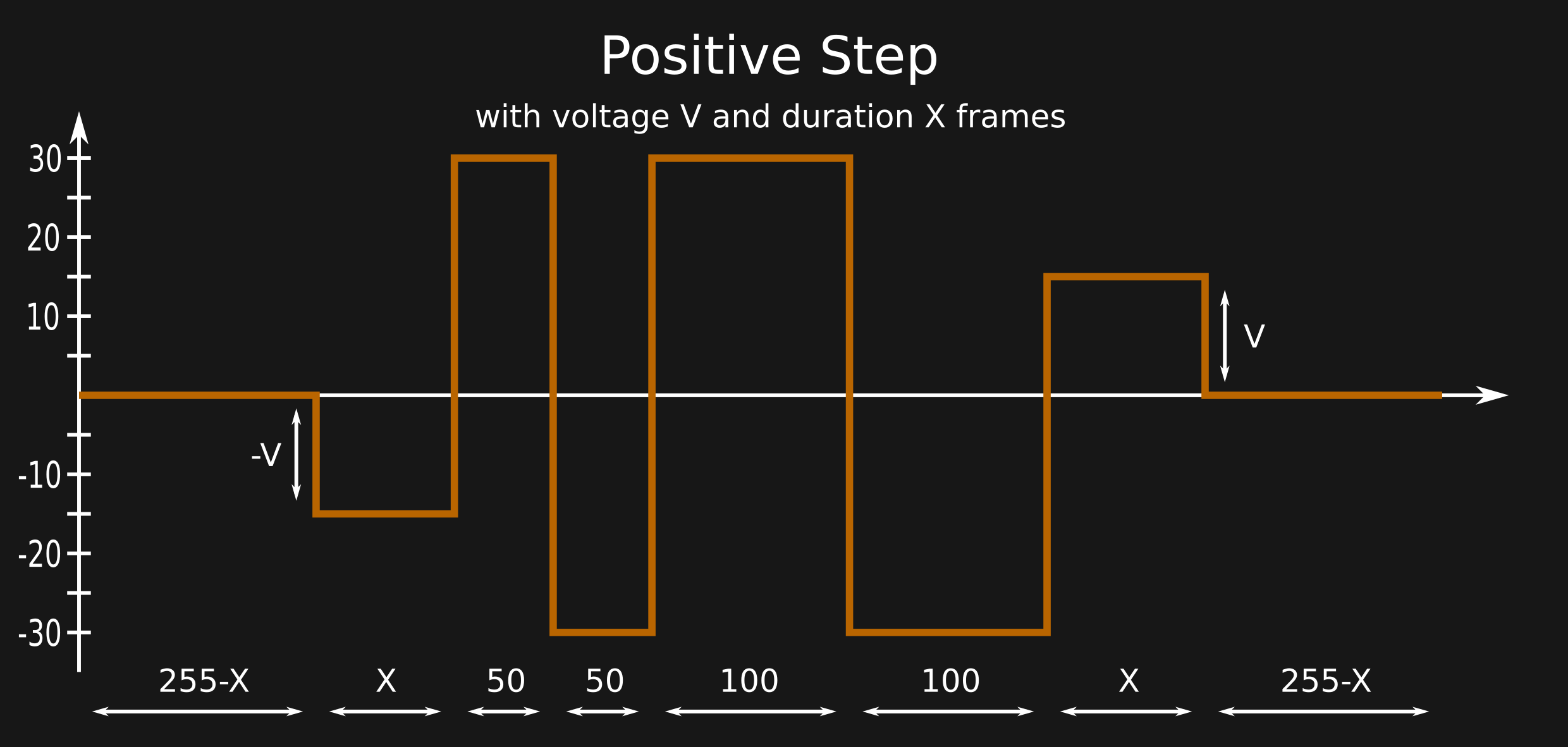
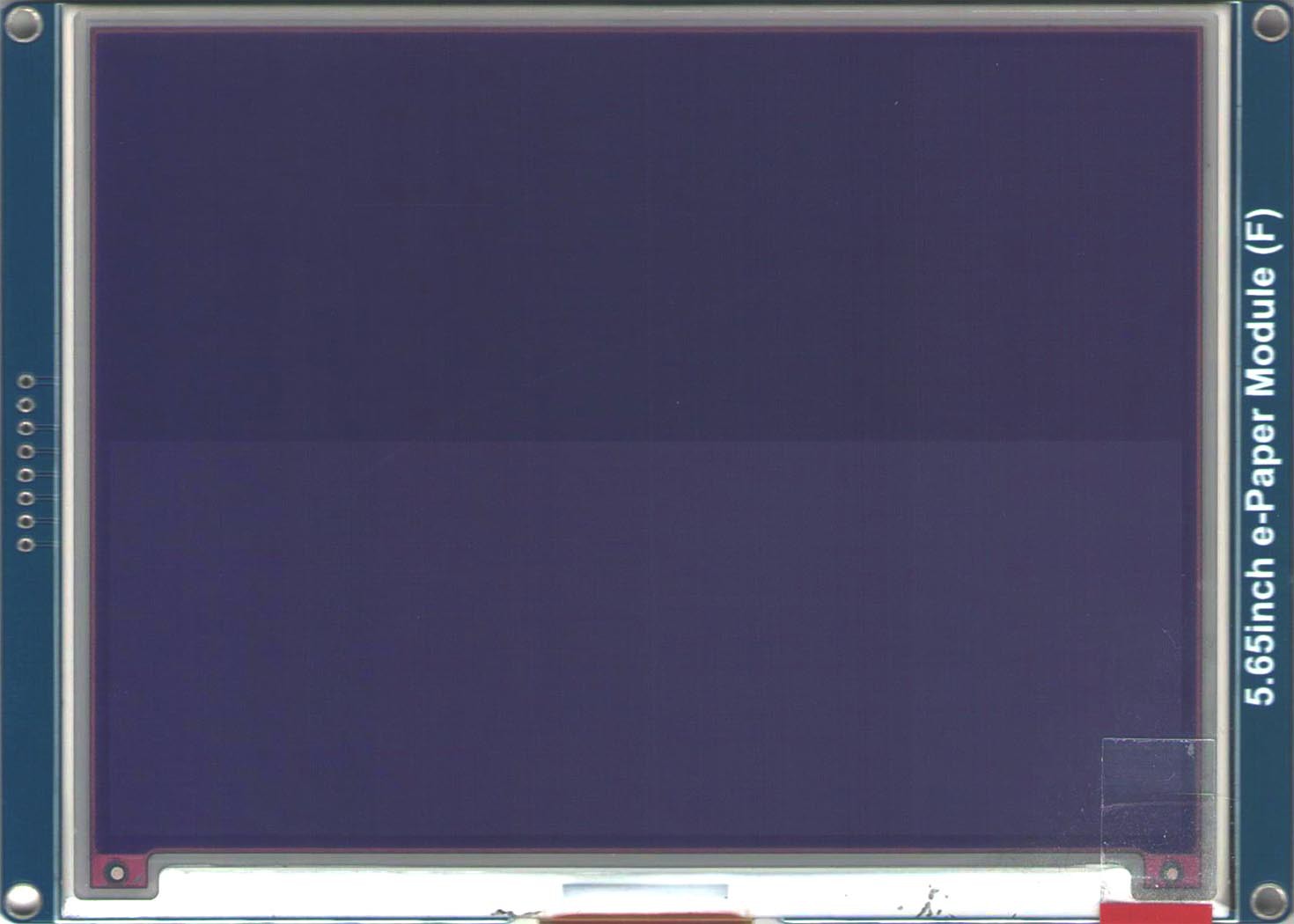
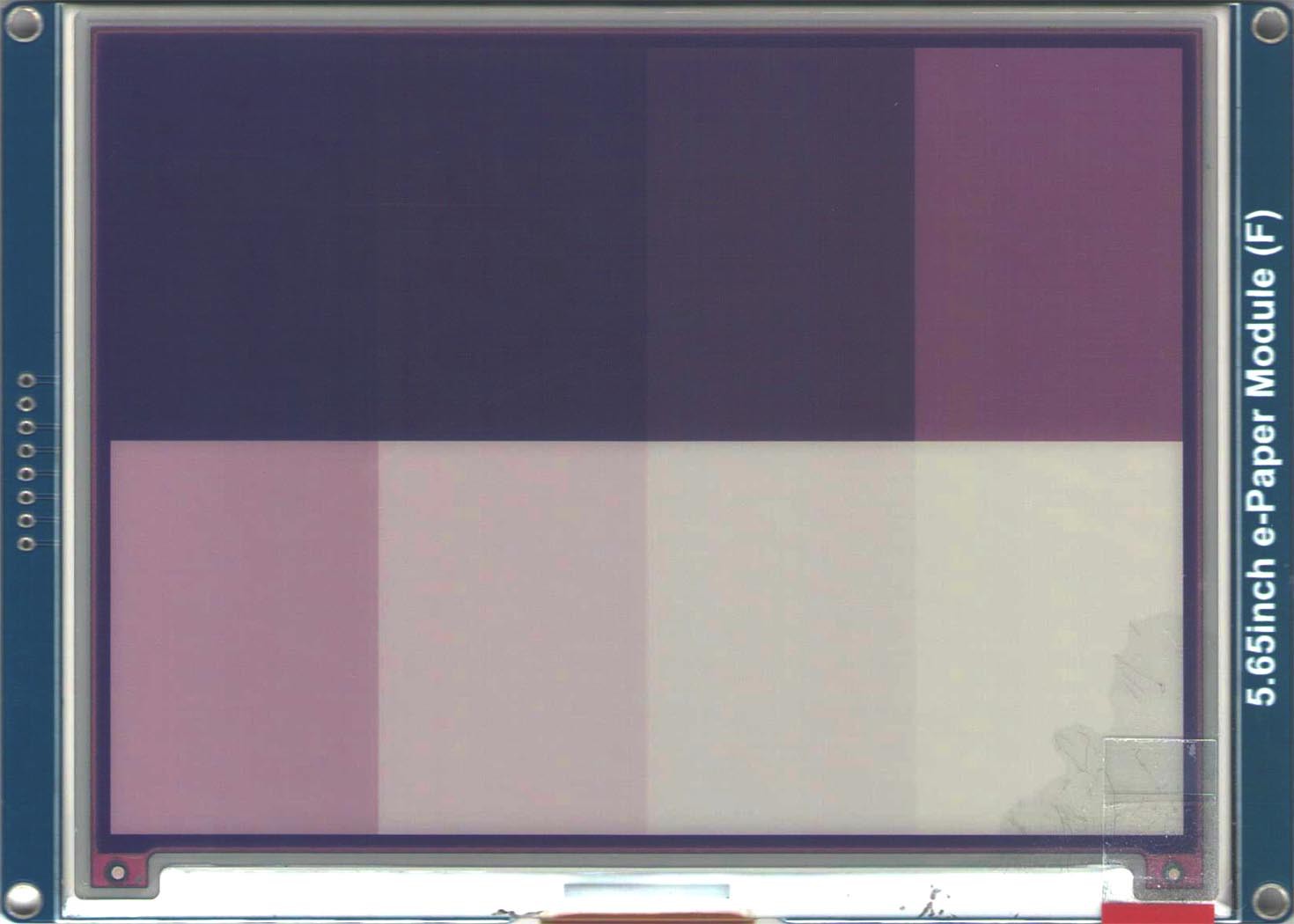


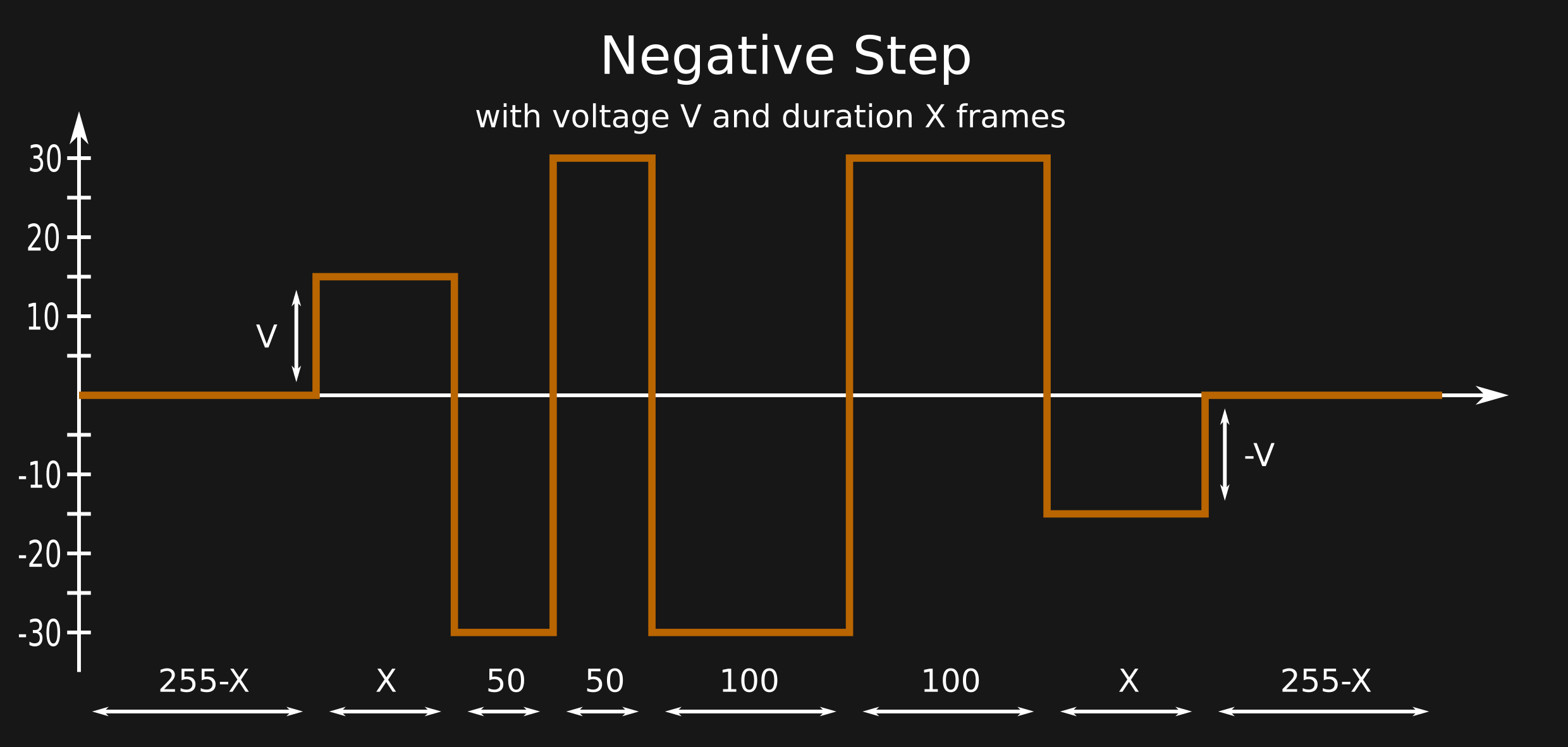
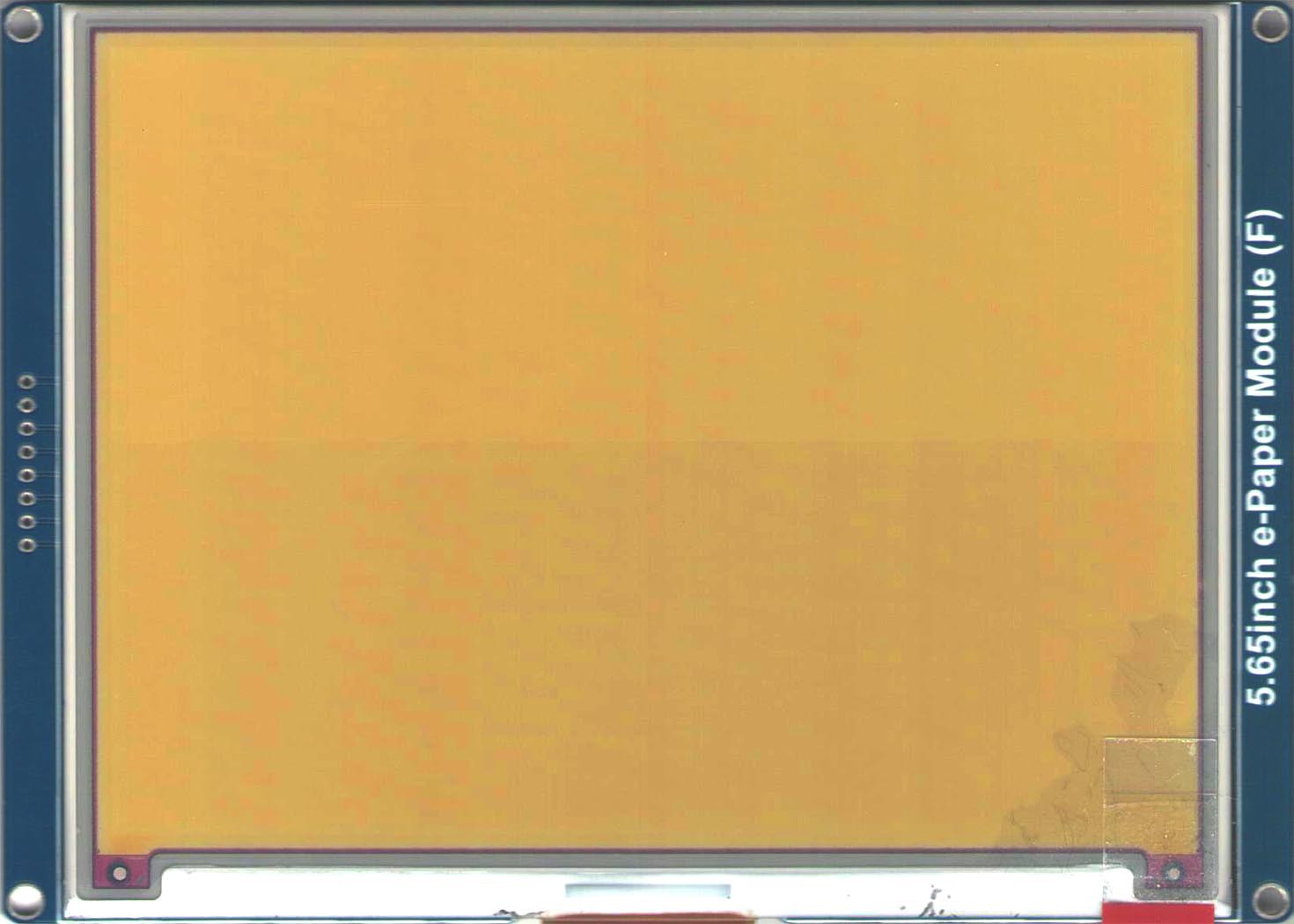
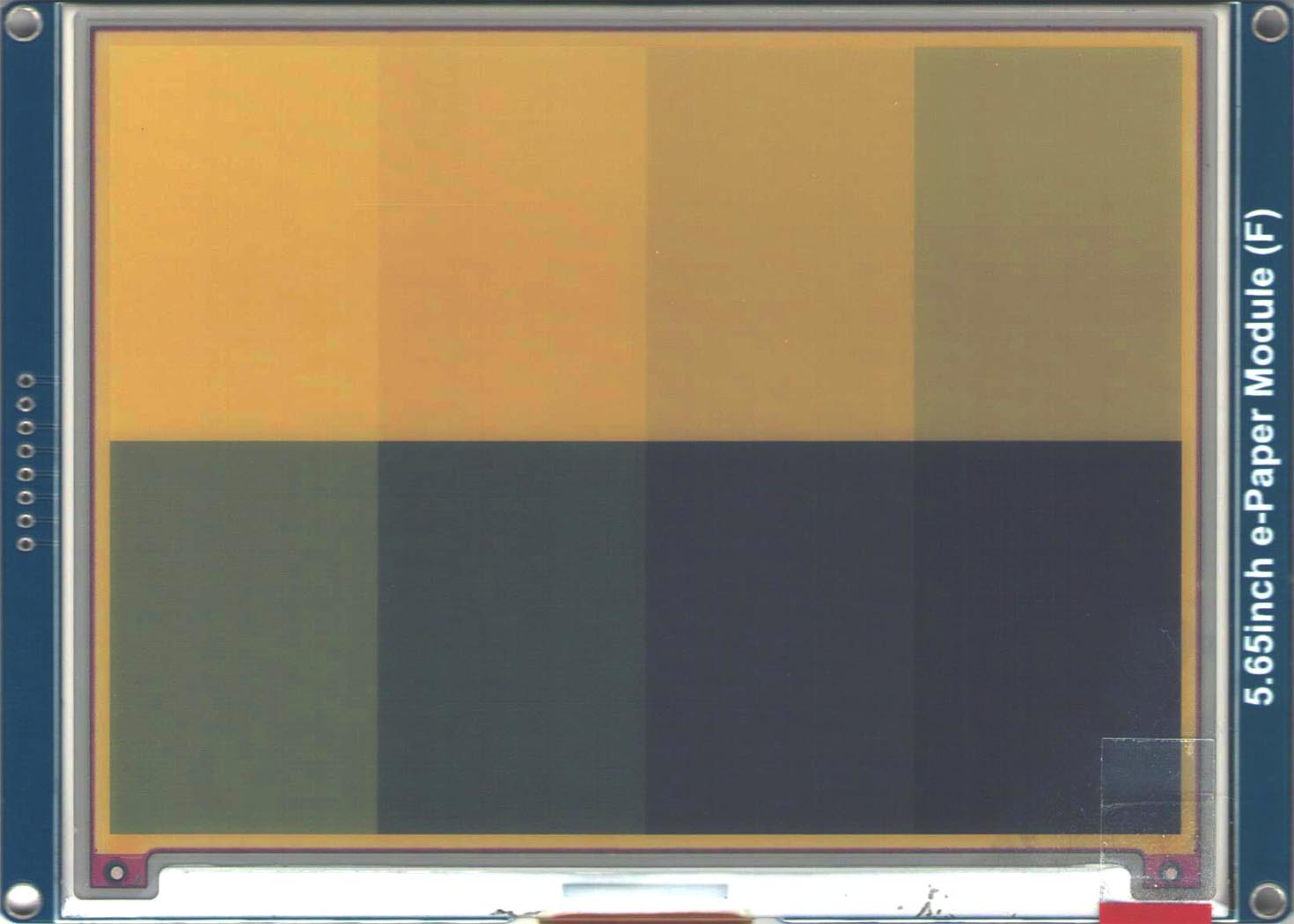

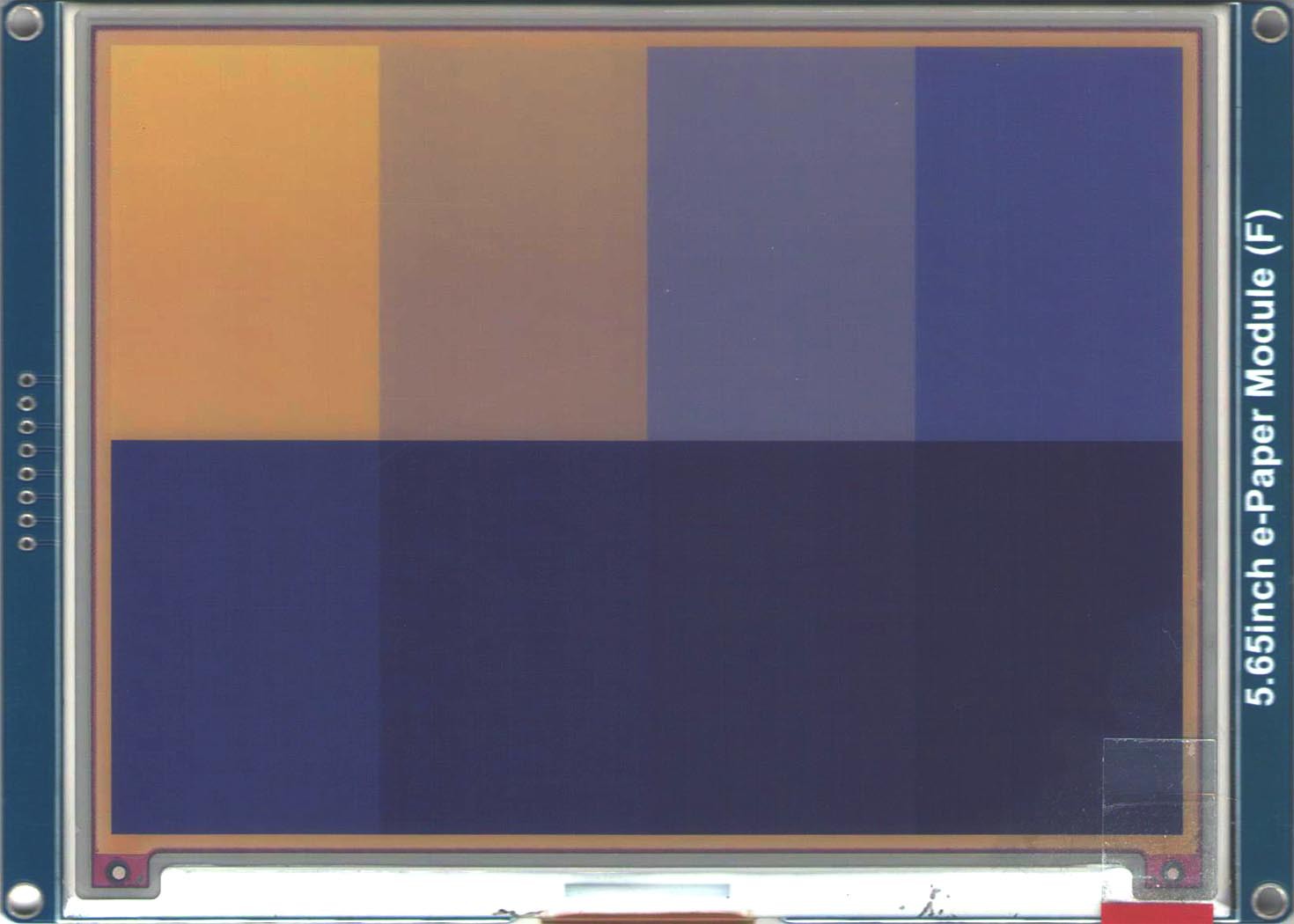
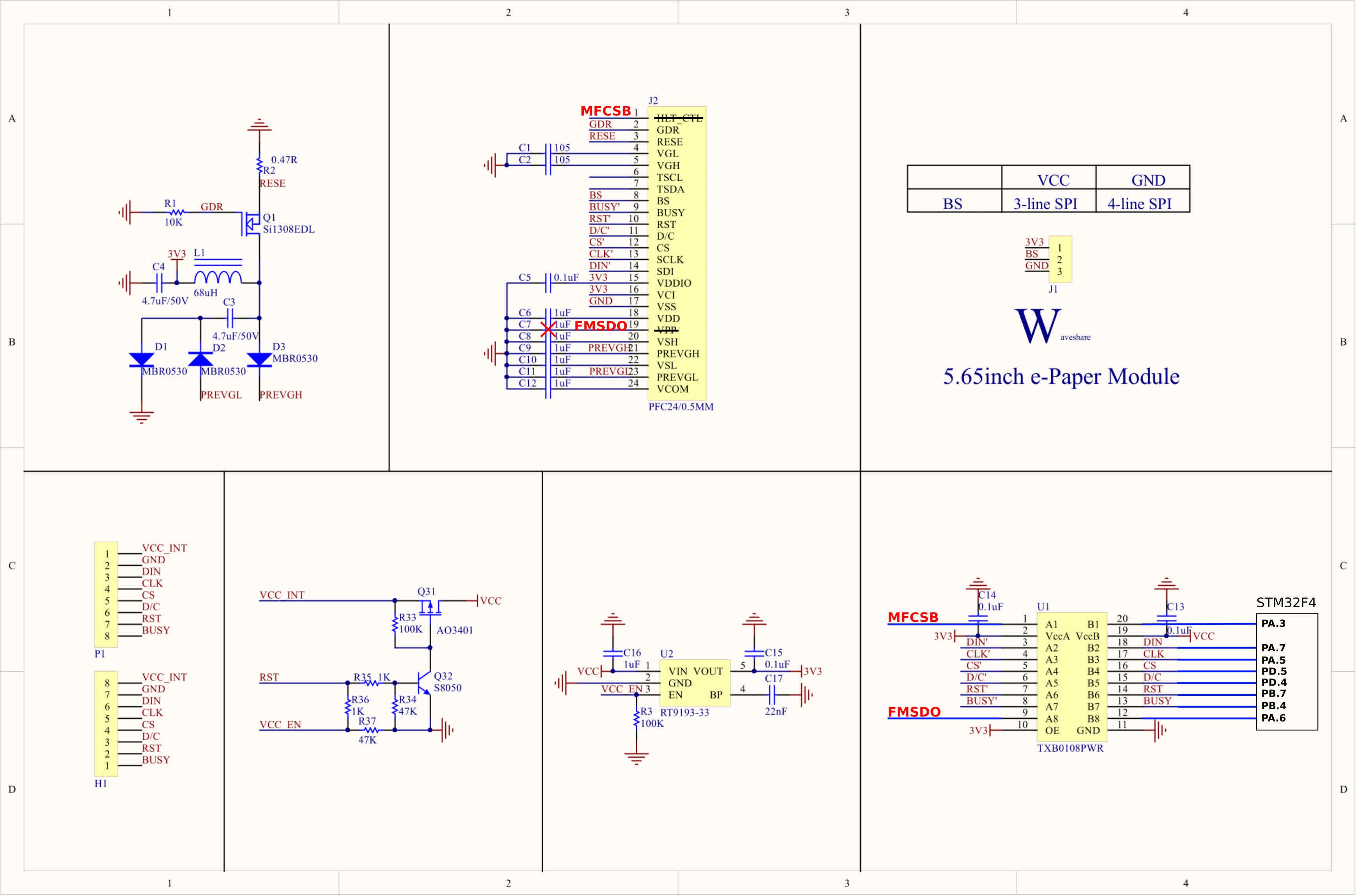
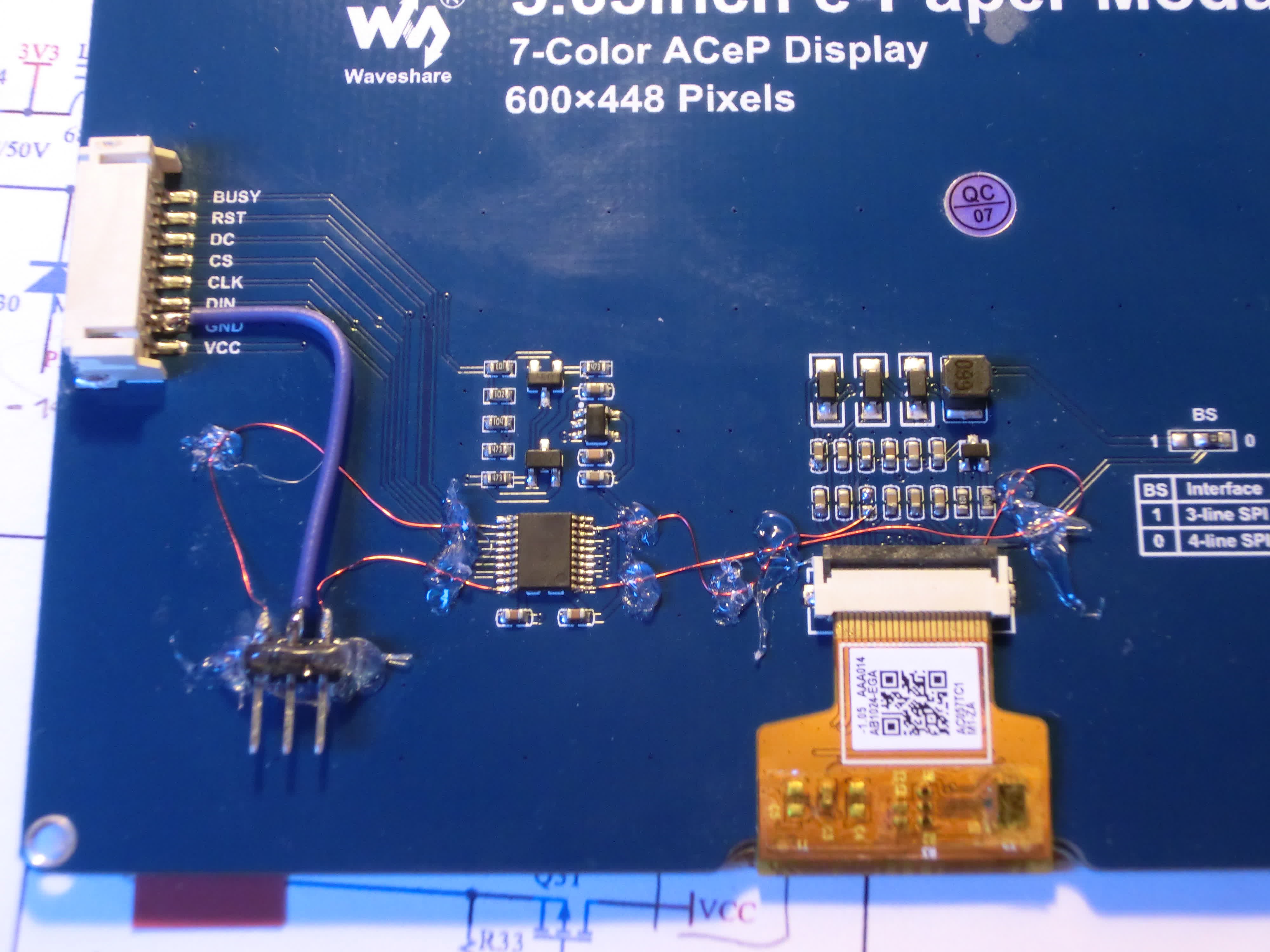
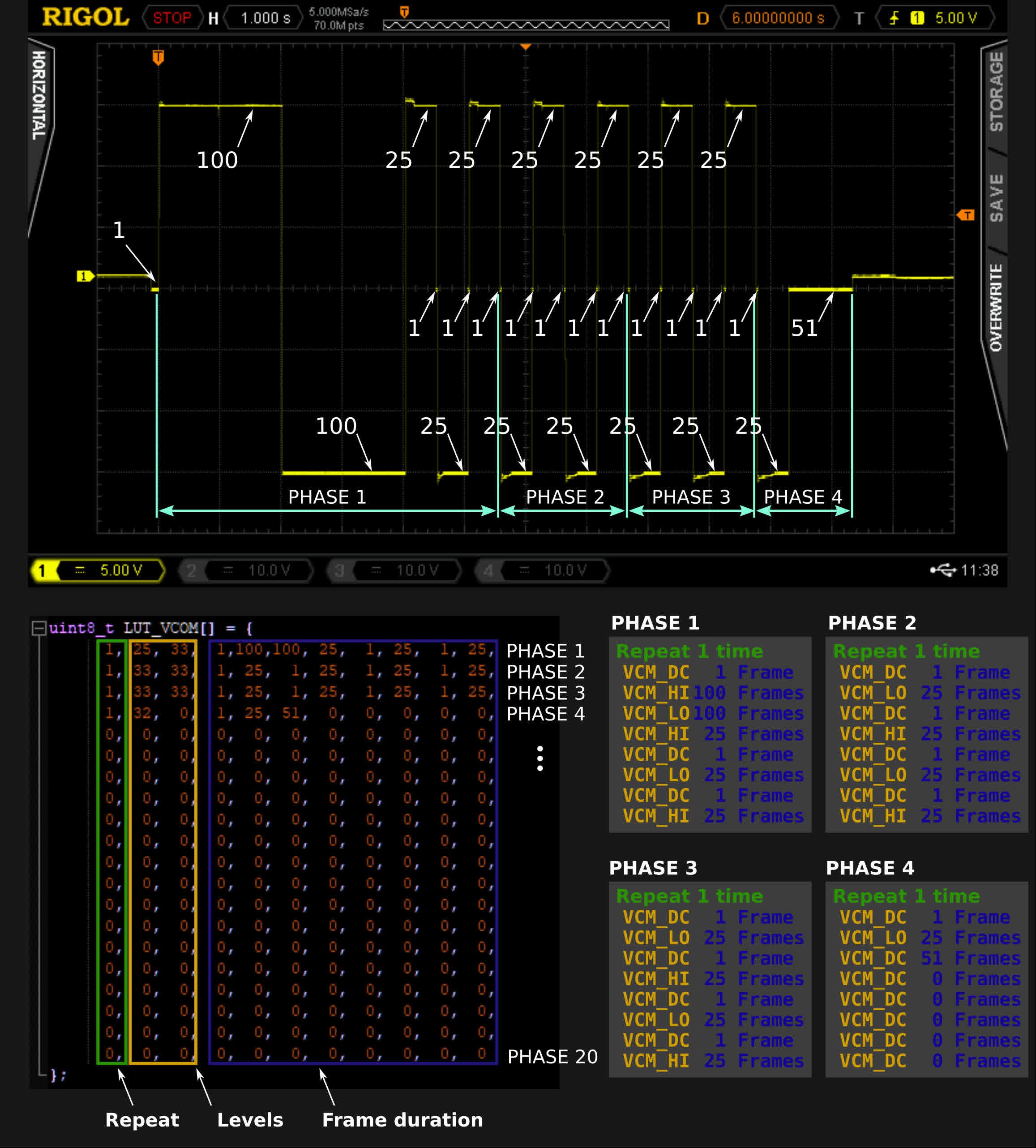








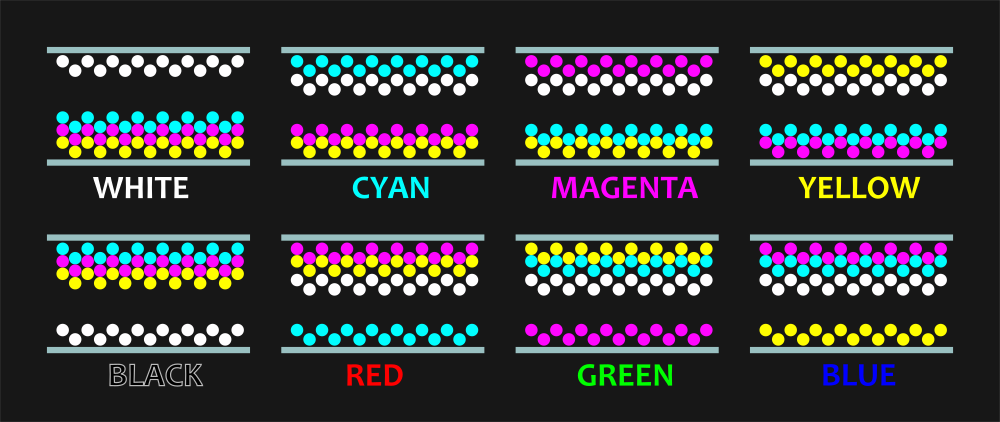
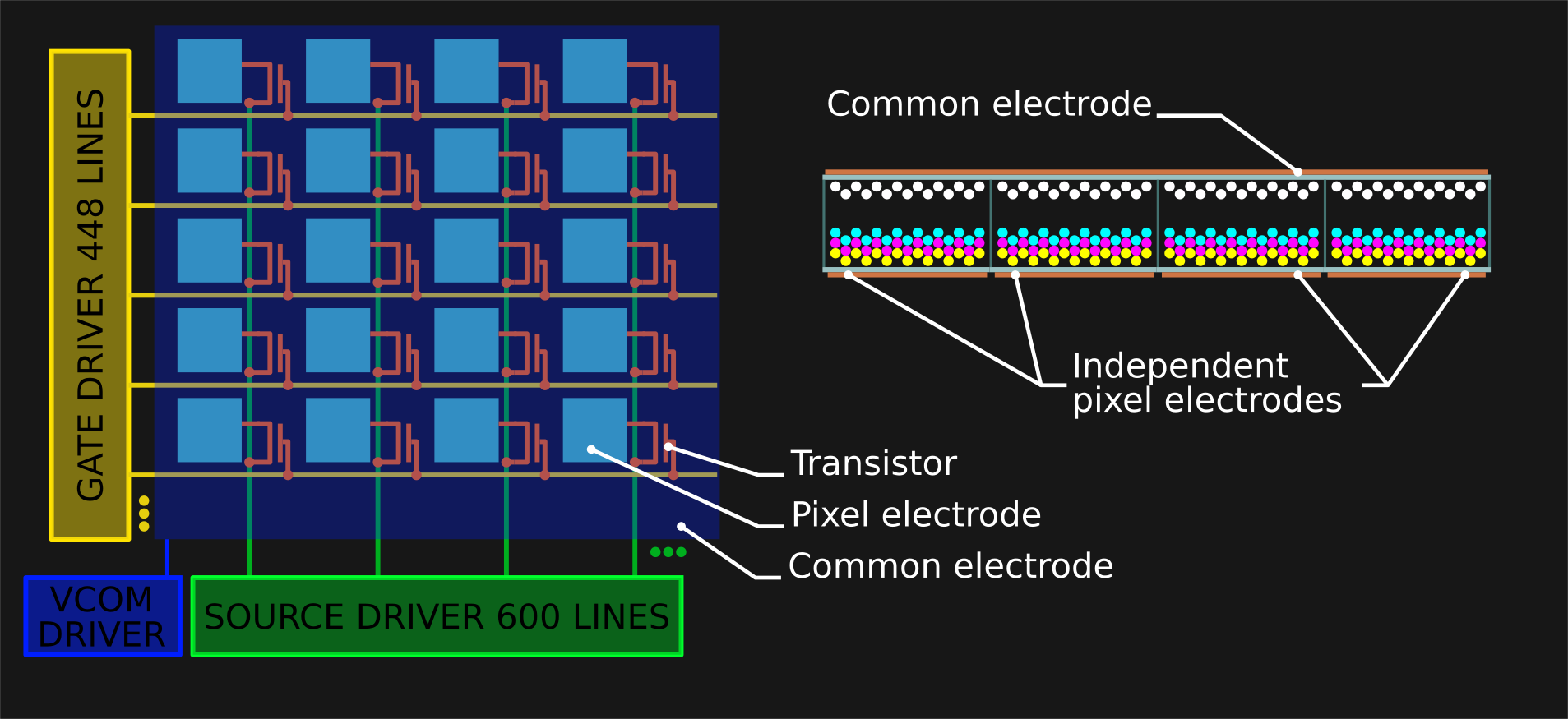
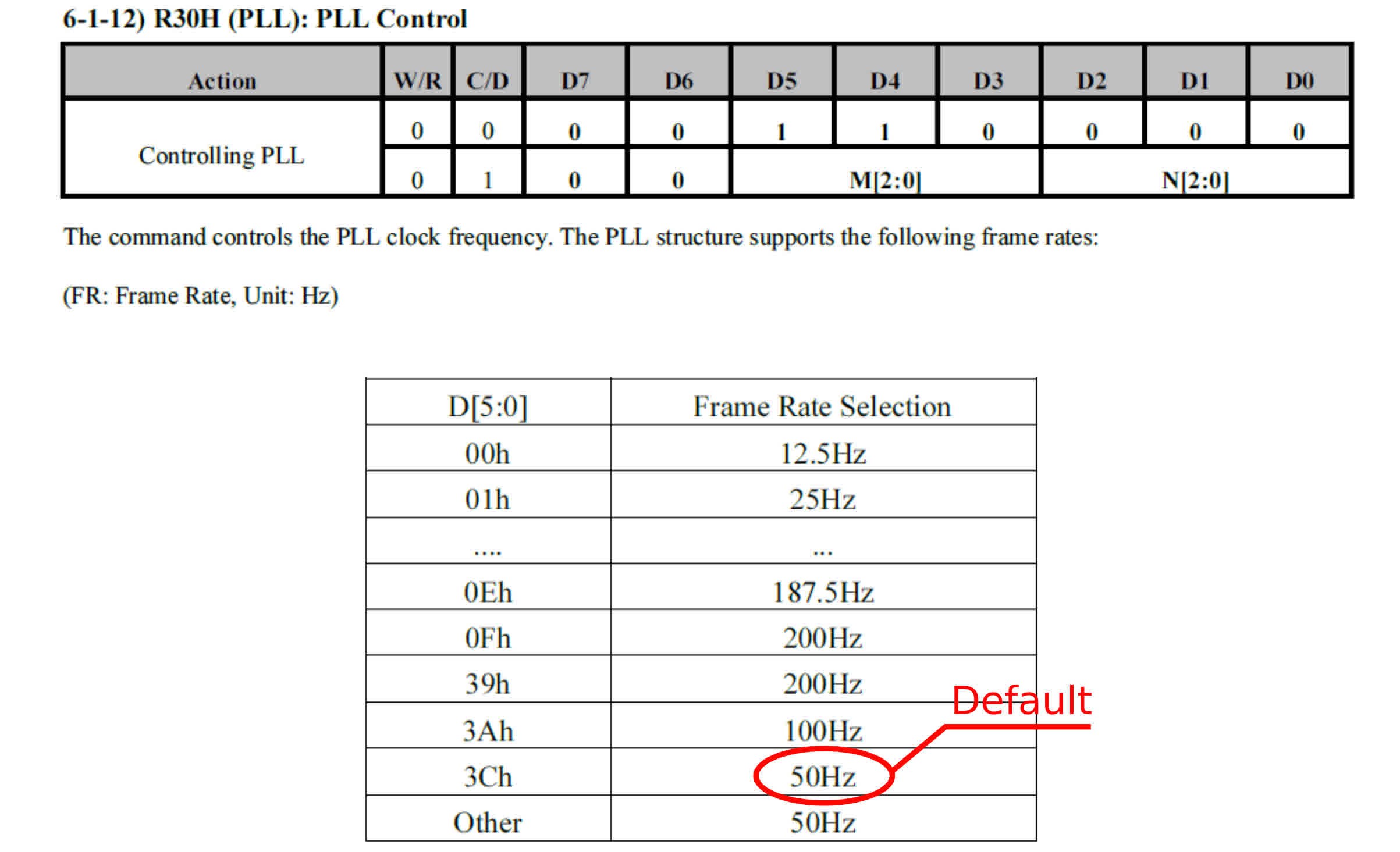





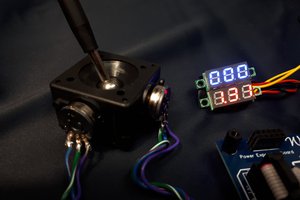
 Neil Mundt
Neil Mundt
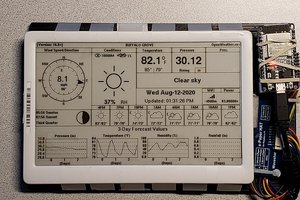
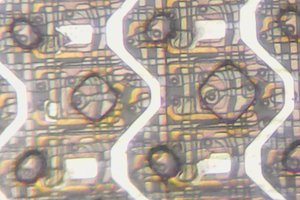
Can you help me display a .jpg image from an url to the screen?